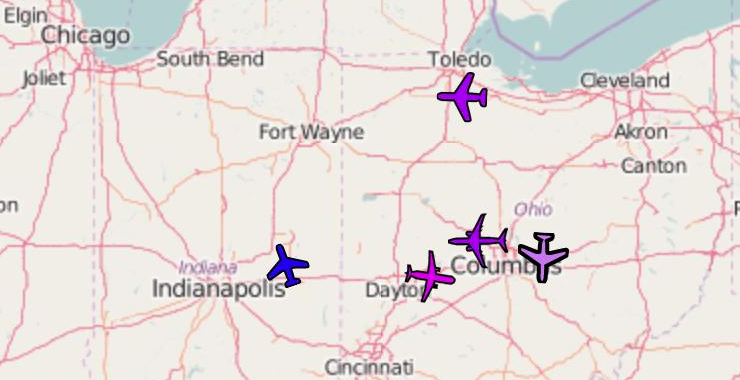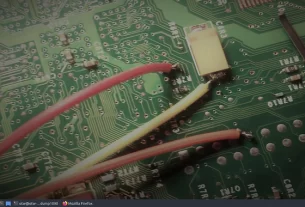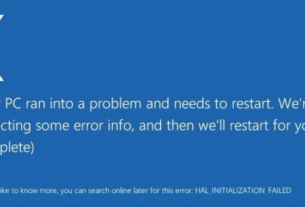Welcome back, my aspiring radio hackers!
Nearly every vehicle in the world gives off/sends out a radio signal of one type or another. This applies to cars, planes, ships, and nearly everything else. These radio signals can be used to track the location of these vehicles with a simple device such as the RTL-SDR.
Nearly all aircraft must be equipped with an ADS-B transponder. These aircraft then give off a ADS-B signal (at 1090Mhz) that can be used to track their location and altitude. Web sites such as Radarbox and others sell a simple ADS-B receiver to people all over the world and then it feeds data to their website. You can do the same for your locality with a simple and versatile, RTL-SDR.

All of this data is ours! You only need the RTL-SDR (about $40 on Amazon) and the free software to decode this signal.
Step#1: Software Downloads
Make certain first that your RTL-SDR is connected to your system (lsusb). Then you need to download the software at the following link.
kali>sudo git clone https://github.com/antirez/dump1090
Or you can do as I did and download DragonOS, a Linux operation system designed specifically for SDR for Hackers. It is available here.
https://sourceforge.net/projects/dragonos-focal/

Step #2: Run dump1090
Now with DragonOS or the dump1090 software installed on another Linux machine, navigate to the dump1090 directory.
kali > cd dump1090
Now, simply enter the command;
dragon> ./dump190

If we are looking for just the raw data without formatting, we can simply use the –raw switch.
dragon> ./dump1090 –raw

dragon> ./dump1090 –interactive

./dump1090 –interactive –net
Then open your browser and navigate to localhost:8080
This should open an interactive map showing all the aircraft in your area (your map may appear slightly different).

Summary
Every airplane sends out an ADS-B signal that can used to track the position and altitude of the flight. With some free software such as 1090dump and an inexpensive receiver such as the RTL-SDR, we can track all the flights within our receiving range (this depends upon many factors including your antenna).
This is just one more example of the power and importance of SDR for Hackers!
To learn more about hacking radio signals, attend our SDR for Hackers training in July 2023.






